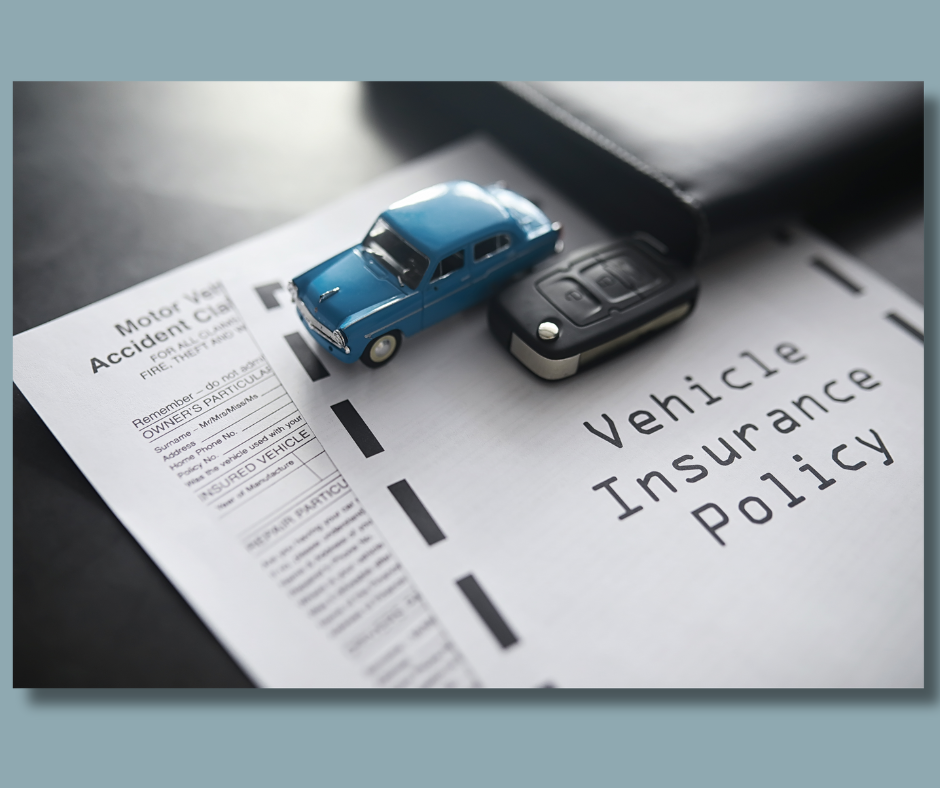Basic requirements
Before delving into the details of how auto insurance coverage works after an accident, it’s essential to grasp the basic insurance requirements in Idaho. The state follows a “fault” or “at-fault” system, meaning that the driver who is deemed responsible for the accident is generally held financially liable for the damages. To comply with Idaho law, drivers must have the following minimum auto insurance coverage:
- Liability Coverage
- This coverage includes bodily injury liability and property damage liability. It helps pay for medical expenses, lost wages, and property repairs of the other party involved in an accident if you are at fault.
- Bodily Injury Liability: Minimum coverage of $25,000 per person and $50,000 per accident.
- Property Damage Liability: Minimum coverage of $15,000 per accident.
- Uninsured/Underinsured Motorist Coverage
- This coverage helps protect you if you’re in an accident with a driver who doesn’t have insurance or has insufficient coverage to cover the damages.
- Uninsured Motorist Bodily Injury Coverage: Minimum coverage of $25,000 per person and $50,000 per accident.
- Underinsured Motorist Bodily Injury Coverage: The minimum coverage amounts match the uninsured motorist bodily injury coverage.
Applying Idaho Auto Insurance Coverage After an Accident
Once an accident occurs, the steps you take can significantly impact your ability to navigate the insurance claims process smoothly. Here’s how your insurance coverage applies:
- Promptly report the accident to your insurance company, even if you believe you were not at fault. Provide accurate information about the accident, and cooperate fully with their requests for documentation and information.
- If you are at fault, your liability coverage will come into play to cover the other party’s medical expenses and property damage, up to your policy limits. Keep in mind that if the damages exceed your coverage limits, you will be personally responsible for the remaining costs.
- If the other driver is at fault but lacks sufficient insurance coverage, your uninsured/underinsured motorist coverage can help cover your medical expenses and damages.
- Although not required in Idaho, PIP (Personal Injury Protection) coverage can be beneficial. It covers your medical expenses and those of your passengers, regardless of fault.
- If the accident involves severe injuries, significant property damage, or disputes over liability, consider consulting with an attorney to navigate complex legal matters and ensure your rights are protected.
- Your insurance company will guide you through the claims process. Be prepared to provide evidence, such as photographs, police reports, and medical records, to support your claim.
Tips for a Smooth Claims Process
- After an accident, document the scene, damages, injuries, and exchange information with the other driver. This documentation will be crucial for filing a claim.
- Even if you believe you are at fault, avoid admitting guilt at the scene. Fault can sometimes be more complex than it initially appears.
- Be responsive to your insurance company’s requests for information and documentation. Prompt communication can expedite the claims process.
- Understand your coverage limits to ensure you’re aware of how much your insurance will cover in the event of an accident.
- If you or anyone else involved in the accident is injured, seek medical attention promptly. Your health and well-being are a top priority.
Comprehending Idaho auto insurance coverage and its application after an accident is essential for protecting yourself and your assets. By understanding the minimum coverage requirements, knowing how your coverage comes into play after an accident, and adhering to best practices during the claims process, you can navigate these challenging situations with more confidence and peace of mind. Remember, each accident is unique, and seeking professional advice, both from your insurance company and legal experts, if necessary, can help you make informed decisions tailored to your specific circumstances.


